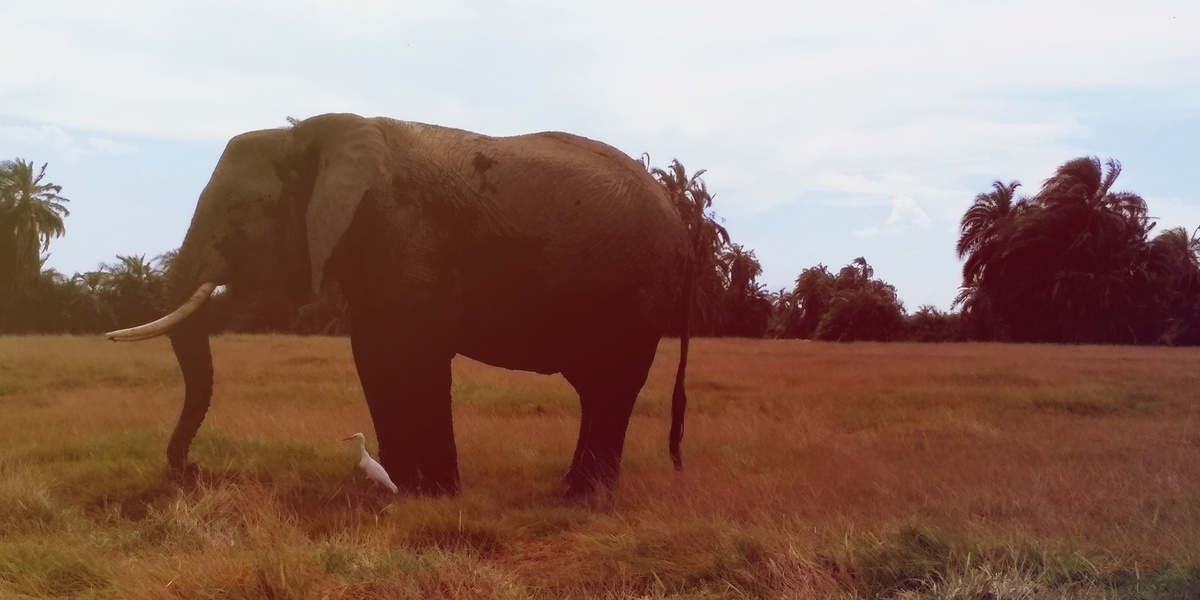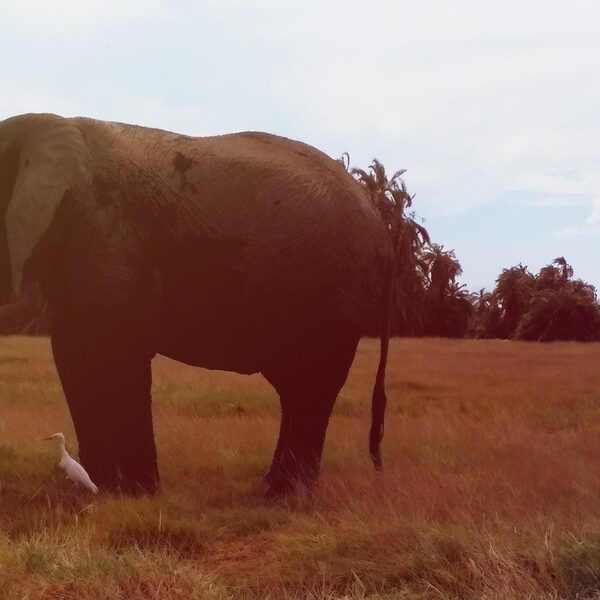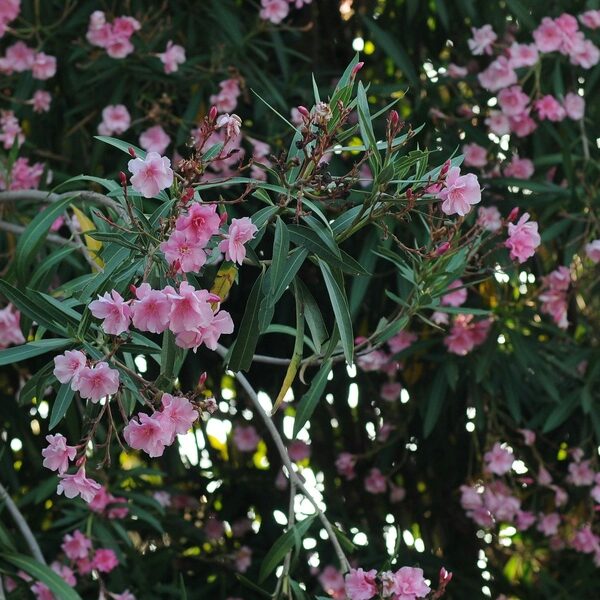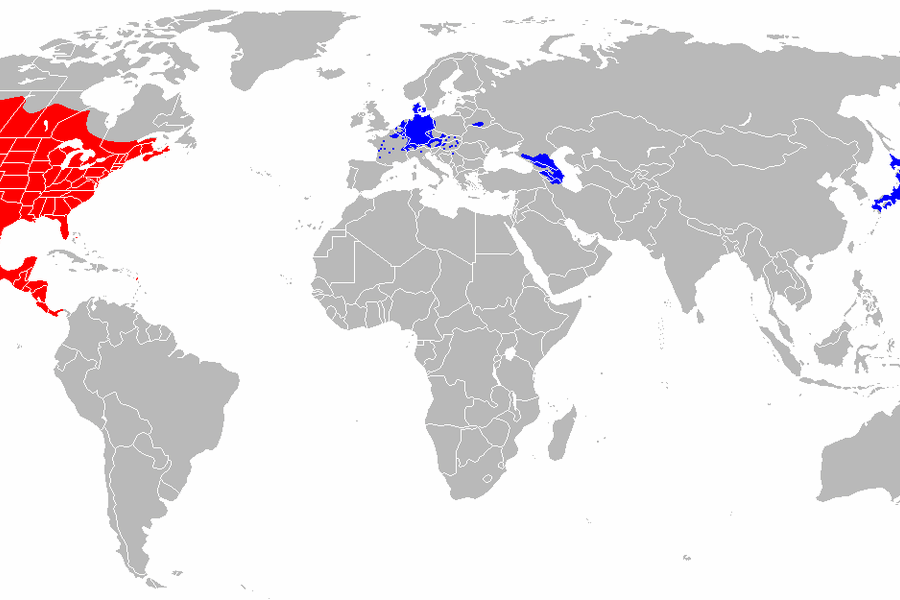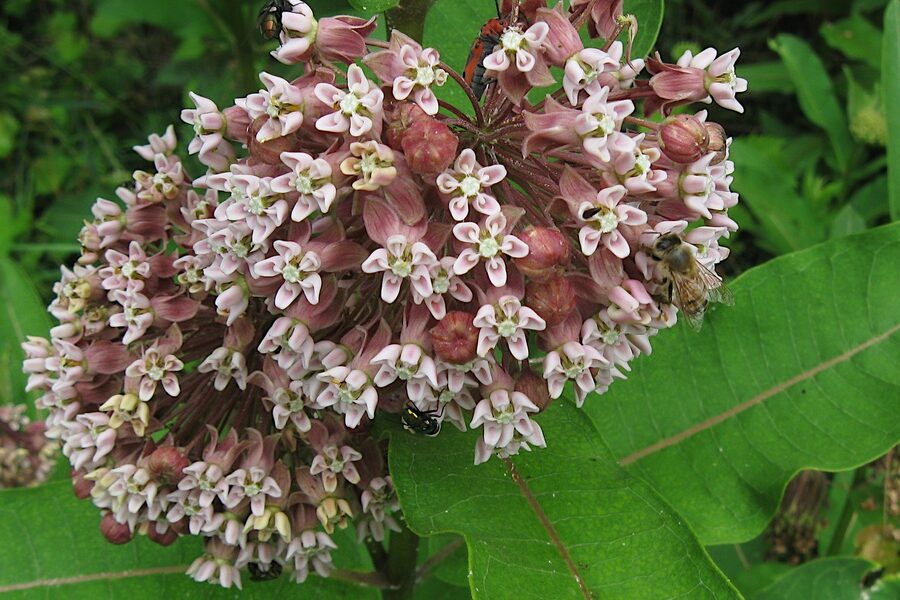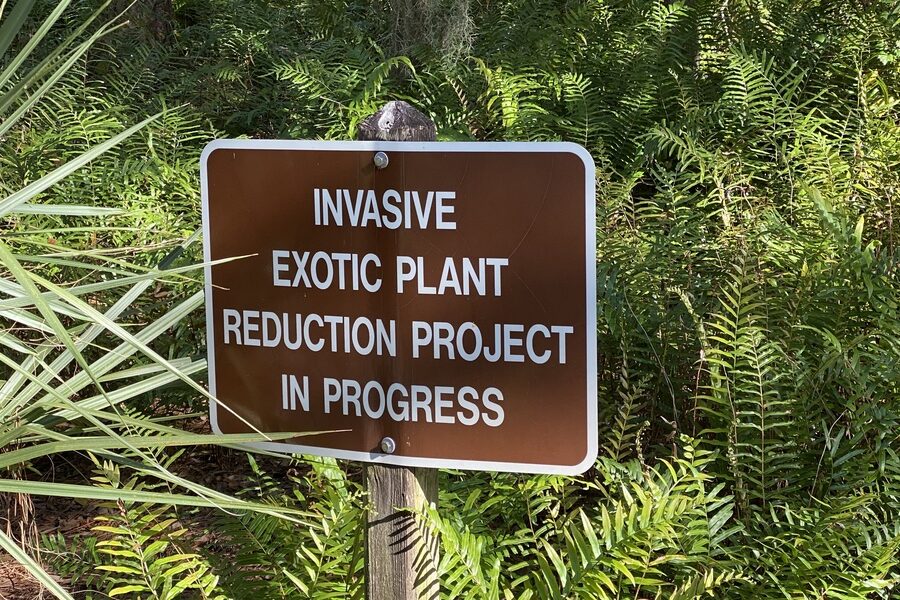The savanna is a patchwork of grasses, scattered trees and seasonal waterholes that support large populations of plant-eating mammals. Their feeding habits help shape vegetation patterns and influence where predators and scavengers roam.
There are 31 Savanna Primary Consumers, from African Bush Elephant to White Rhinoceros, illustrating the wide range of sizes and diets across the ecosystem. For each species you’ll find below the columns: Scientific name, Typical weight (kg), Range / habitat.
How did you decide which species count as primary consumers?
Primary consumers here are species that feed mainly on plant material—true herbivores and grazers whose diets transfer energy from plants to higher trophic levels. Inclusion was based on typical diet and regular presence in savanna habitats rather than occasional plant-eating behavior.
Can the listed weight and habitat data help with field identification?
Yes—Typical weight and range/habitat offer useful clues when combined with location and observed body size, but they’re best used alongside visual markers, behavior and local field guides, since weights vary by age, sex and seasonal condition.
Savanna Primary Consumers
| Common name | Scientific name | Typical weight (kg) | Range / habitat |
|---|---|---|---|
| African Bush Elephant | Loxodonta africana | 6,000 | Sub-Saharan Africa savannas and woodlands |
| White Rhinoceros | Ceratotherium simum | 2,300 | Southern and Eastern Africa grasslands and savanna |
| Black Rhinoceros | Diceros bicornis | 1,000 | Eastern and Southern Africa savannas and shrublands |
| Giraffe | Giraffa camelopardalis | 1,200 | Savannas and open woodlands across Africa |
| Plains Zebra | Equus quagga | 230 | Eastern and Southern Africa savannas |
| Blue Wildebeest | Connochaetes taurinus | 180 | Eastern and Southern Africa open savannas and plains |
| Cape Buffalo | Syncerus caffer | 600 | Sub-Saharan Africa savannas, grasslands, and forests |
| Common Eland | Taurotragus oryx | 550 | East and Southern Africa grasslands, savannas, and woodlands |
| Greater Kudu | Tragelaphus strepsiceros | 220 | Eastern and Southern Africa savannas and bushlands |
| Impala | Aepyceros melampus | 50 | Eastern and Southern Africa woodlands and savannas |
| Thomson’s Gazelle | Eudorcas thomsonii | 22 | Eastern Africa savannas, particularly the Serengeti |
| Grant’s Gazelle | Nanger granti | 58 | Eastern Africa open grass plains and shrublands |
| Springbok | Antidorcas marsupialis | 35 | Southern Africa arid savannas and grasslands (Kalahari, Karoo) |
| Waterbuck | Kobus ellipsiprymnus | 225 | Sub-Saharan Africa savannas and woodlands near water |
| Hippopotamus | Hippopotamus amphibius | 1,500 | Sub-Saharan Africa rivers and lakes adjacent to grasslands |
| Warthog | Phacochoerus africanus | 75 | Sub-Saharan Africa grasslands, savannas, and woodlands |
| Ostrich | Struthio camelus | 115 | Africa’s savannas and arid lands |
| Gerenuk | Litocranius walleri | 40 | Horn of Africa arid savannas and shrublands |
| Topi | Damaliscus lunatus jimela | 120 | Savannas and floodplains of East and Southern Africa |
| Hartebeest | Alcelaphus buselaphus | 140 | Sub-Saharan Africa savannas and grasslands |
| Red Kangaroo | Osphranter rufus | 55 | Australian arid plains and grasslands |
| Eastern Grey Kangaroo | Macropus giganteus | 40 | Eastern Australia woodlands and grassy savannas |
| Capybara | Hydrochoerus hydrochaeris | 55 | South American savannas and wetlands (Llanos, Pantanal) |
| Pampas Deer | Ozotoceros bezoarticus | 35 | South American lowland grasslands and savannas (Pampas, Cerrado) |
| Blackbuck | Antilope cervicapra | 38 | Indian subcontinent grasslands and open woodlands |
| Nilgai | Boselaphus tragocamelus | 180 | Indian subcontinent savannas, scrublands, and grasslands |
| Indian Rhinoceros | Rhinoceros unicornis | 2,200 | Riverine grasslands and savannas in India and Nepal |
| Harvester Termite | Hodotermes mossambicus | <0.01 | Southern Africa savannas and grasslands |
| Leafcutter Ant | Atta spp. | <0.01 | South and Central American savannas and forests |
| Migratory Locust | Locusta migratoria | <0.01 | Africa, Asia, Australia, and Europe grasslands and savannas |
| Aldabra Giant Tortoise | Aldabrachelys gigantea | 200 | Aldabra Atoll (Indian Ocean) grasslands and scrub |
Images and Descriptions
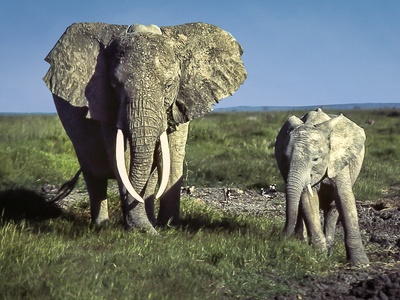
African Bush Elephant
A mixed feeder, this keystone species shapes the landscape by uprooting trees, maintaining grasslands, and digging waterholes. It is the largest land animal and consumes vast quantities of vegetation daily, influencing the entire ecosystem.
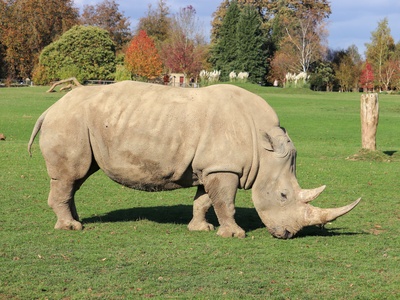
White Rhinoceros
A mega-grazer with a wide mouth adapted for consuming large amounts of short grasses. By acting as a “lawnmower,” it helps maintain open grasslands that support other grazing species, making it crucial for habitat structure.
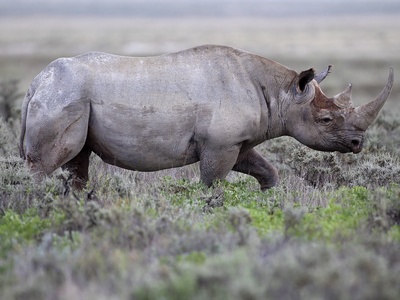
Black Rhinoceros
A browser that uses its prehensile upper lip to grasp leaves, twigs, and shrubs. This feeding habit helps to prune vegetation and promote new growth, influencing plant diversity and structure in its arid habitat.
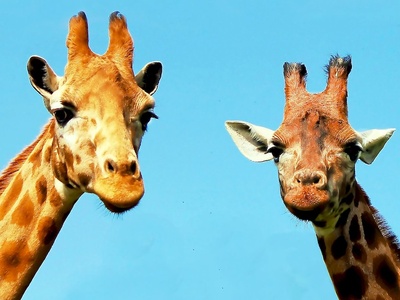
Giraffe
The world’s tallest browser, using its long neck to reach acacia leaves and other foliage inaccessible to most herbivores. This specialized diet reduces competition and helps disperse seeds over wide areas.
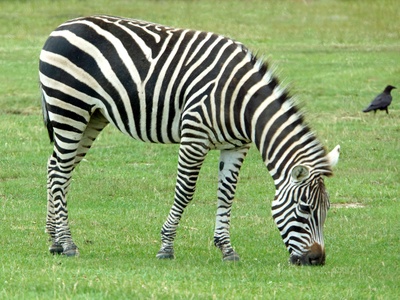
Plains Zebra
A bulk grazer that eats coarse, low-quality grasses. Zebras are often the first to graze an area, trimming down tough stems and making the shorter, more nutritious grass accessible to other herbivores like wildebeest.
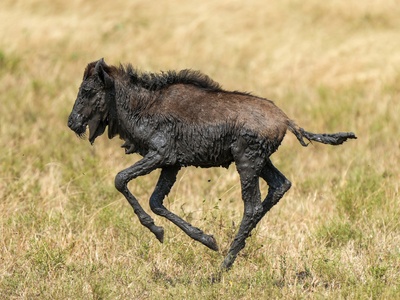
Blue Wildebeest
Famous for its massive migrations, this grazer follows the rains in search of fresh grass. It plays a critical role in nutrient cycling and serves as a primary food source for large predators like lions and hyenas.
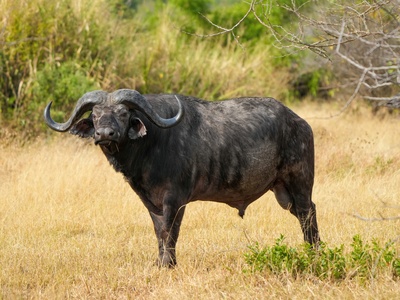
Cape Buffalo
A large, herd-dwelling bulk grazer that requires daily water. Cape buffalo herds impact grasslands by trampling and grazing, which prevents woody encroachment and stimulates fresh grass growth, supporting the ecosystem’s health.
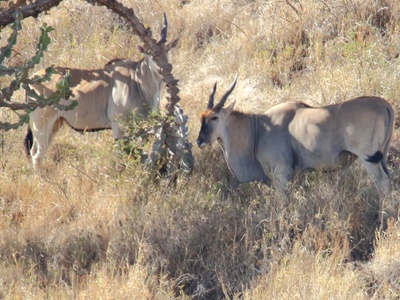
Common Eland
A versatile mixed feeder, eating grass, leaves, and fruit. Its ability to switch between grazing and browsing allows it to thrive in various savanna habitats and survive droughts better than more specialized herbivores.
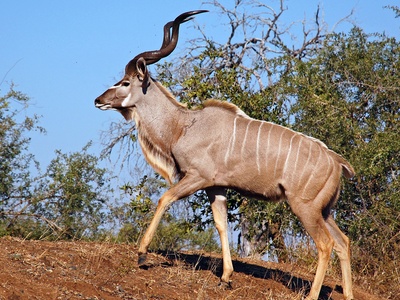
Greater Kudu
A browser that feeds on a wide variety of leaves, shoots, and sometimes fruits. Known for its magnificent spiral horns, the kudu is elusive and uses its striped coat for camouflage in dense, scrubby areas.
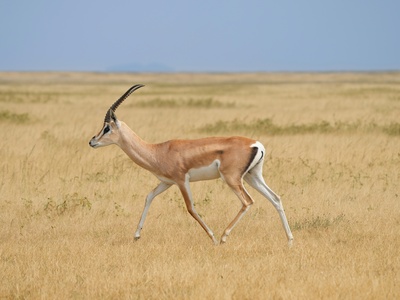
Impala
An adaptable mixed feeder, switching between grazing in the wet season and browsing in the dry season. Its flexibility and abundance make it a vital part of the food web, supporting a wide range of predators.
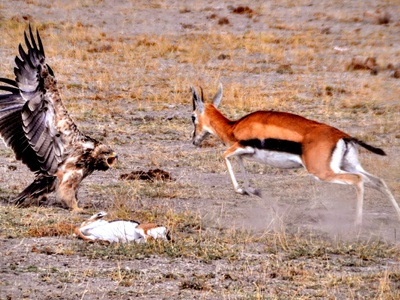
Thomson’s Gazelle
A selective grazer that prefers short, nutritious grasses and forbs. Known for its speed and characteristic “stotting” (bouncing) behavior, it is a key prey species for cheetahs, wild dogs, and other predators.
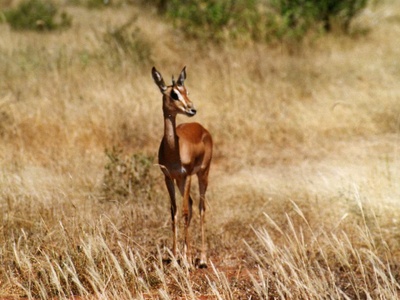
Grant’s Gazelle
A mixed feeder that can survive without drinking water for long periods, obtaining moisture from the plants it eats. This adaptation allows it to inhabit arid regions where it faces less competition from other herbivores.
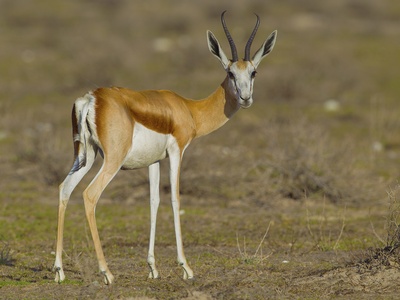
Springbok
A mixed feeder known for its “pronking” or stotting behavior, where it leaps high into the air. This behavior can be used to signal alarm or display fitness. It is highly adapted to dry environments.
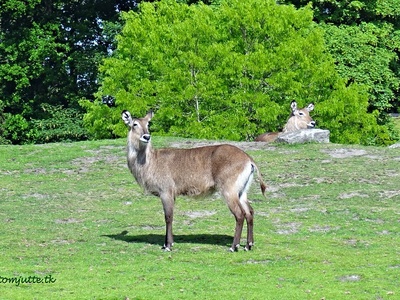
Waterbuck
Primarily a grazer that feeds on coarse grasses near rivers and floodplains. Its shaggy, waterproof coat is oily and emits a musky odor, which is thought to deter predators, though this is not proven.
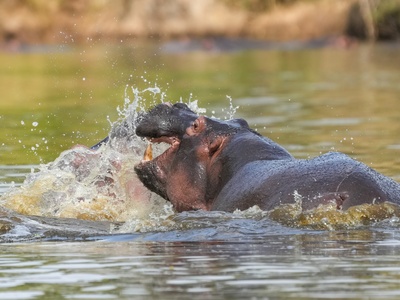
Hippopotamus
A nocturnal grazer that emerges from water at night to consume large amounts of short grass. Hippos create “hippo lawns” and transfer nutrients from land to water through their dung, supporting aquatic ecosystems.
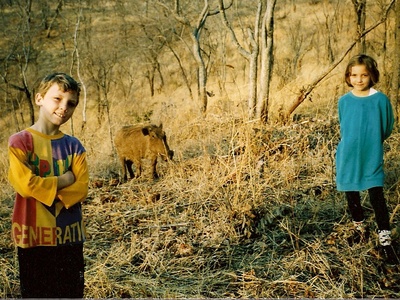
Warthog
An omnivore that is primarily a grazer, using its tough snout and tusks to dig for roots, bulbs, and rhizomes. It often kneels on its front knees to feed on short grasses and is an important prey for large carnivores.
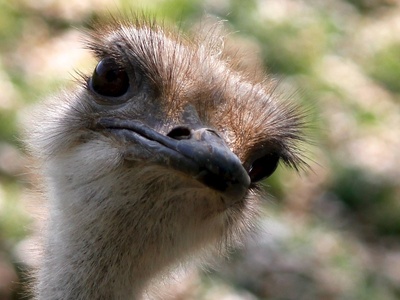
Ostrich
The world’s largest bird, an omnivore that feeds mainly on plants, including roots, leaves, and seeds, but also insects. It is a grazer and browser that plays a role in seed dispersal across its vast habitat.
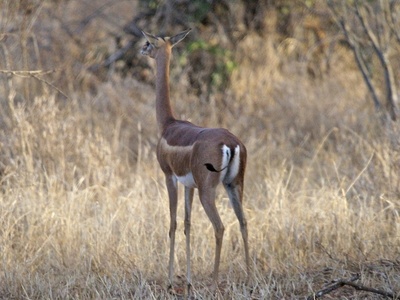
Gerenuk
A specialized browser known as the “giraffe gazelle” for its remarkably long neck. It often stands on its hind legs, using its forelegs to pull down branches, allowing it to reach foliage others cannot.
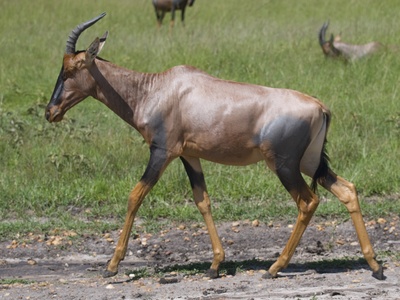
Topi
A highly selective grazer that prefers green, medium-height grasses. Topi are very social and fast runners, often seen standing on termite mounds to survey their surroundings for predators like lions and hyenas.
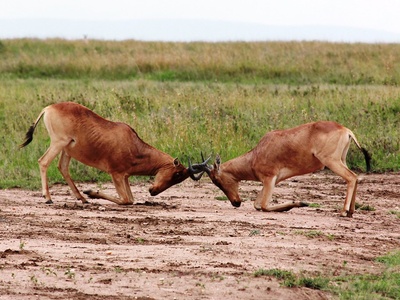
Hartebeest
A grazer that feeds almost exclusively on grass. Its long, narrow face allows it to be highly selective, picking nutritious leaves from grass stems. They are among the fastest and most enduring runners in the antelope family.
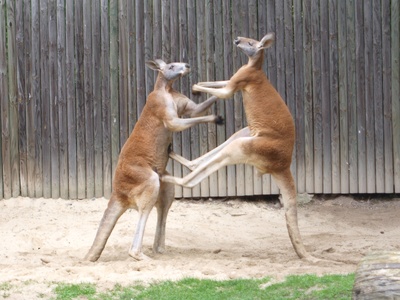
Red Kangaroo
Australia’s largest marsupial, a grazer that primarily eats grasses and forbs. It is superbly adapted to desert life, able to conserve water efficiently and travel long distances to find food and water sources.
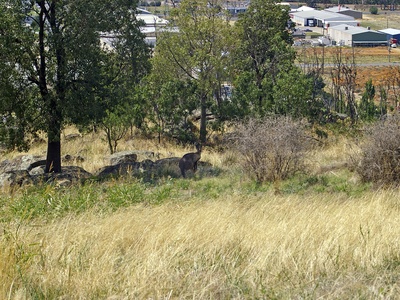
Eastern Grey Kangaroo
A grazer that prefers to feed on grasses in open woodland and savanna areas, often forming social groups called mobs. They are most active at dawn and dusk, resting in the shade during the heat of the day.
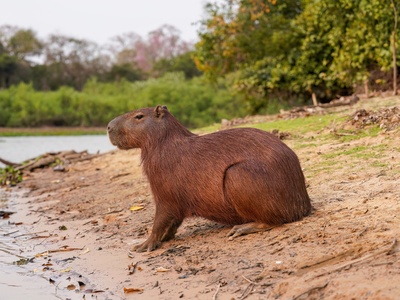
Capybara
The world’s largest rodent, a grazer that feeds on grasses and aquatic plants. Semi-aquatic, it uses water as a refuge from predators like jaguars and anacondas, playing a key role in its wetland ecosystem.
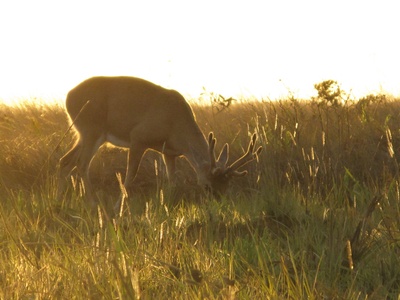
Pampas Deer
A selective grazer that feeds on young grasses, forbs, and shoots. Once widespread, its populations are now fragmented due to habitat loss, making it a symbol of the threatened South American savanna biome.
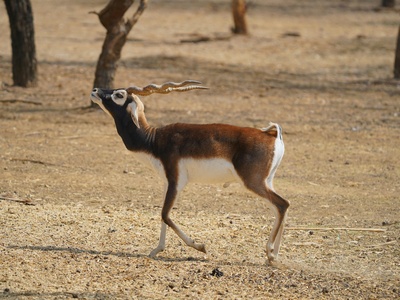
Blackbuck
A diurnal grazer known for its striking coloration and long, spiraled horns in males. It is one of the fastest land animals, capable of reaching high speeds to escape predators like cheetahs and wolves in its native habitat.
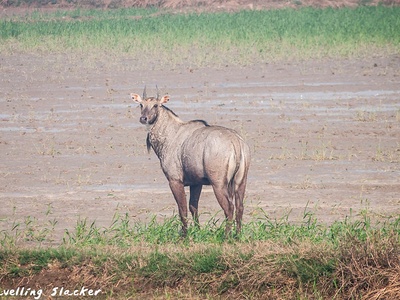
Nilgai
The largest antelope in Asia, a versatile mixed feeder that both grazes and browses. It has a preference for grasses and herbs but will eat woody plants in the dry season, making it highly adaptable.
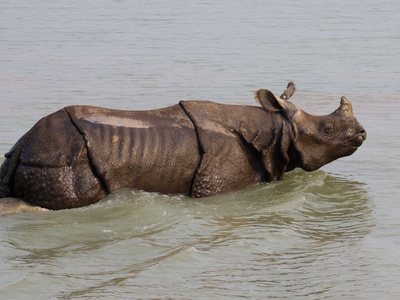
Indian Rhinoceros
A mega-grazer that primarily consumes tall grasses, but also eats fruits, leaves, and aquatic plants. By grazing, it helps maintain the structure of the tall grassland ecosystems, creating habitats for smaller herbivores.
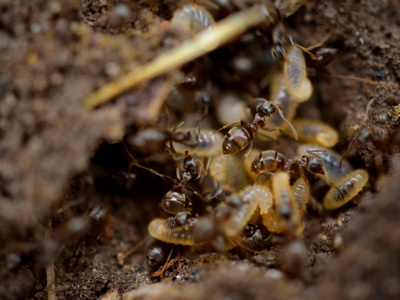
Harvester Termite
A social insect that acts as a significant grazer, cutting and collecting grass to store in underground nests. These termites can consume large amounts of biomass, competing with large vertebrate grazers for forage.
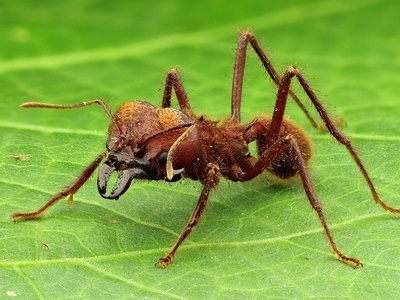
Leafcutter Ant
These ants are “farmers” that cut living leaves and flowers, not to eat directly, but to carry back to their nests to cultivate a specific fungus, which is their primary food source. They are major herbivores in Neotropical savannas.
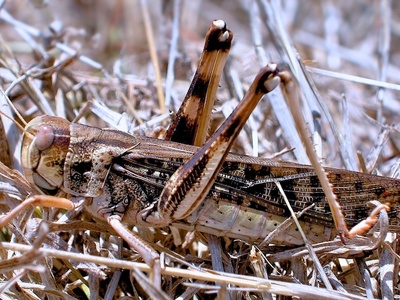
Migratory Locust
An herbivorous insect that is a voracious grazer. In its swarming phase, it can consume vast quantities of vegetation, devastating crops and natural grasslands, and dramatically altering the ecosystem in a short period.
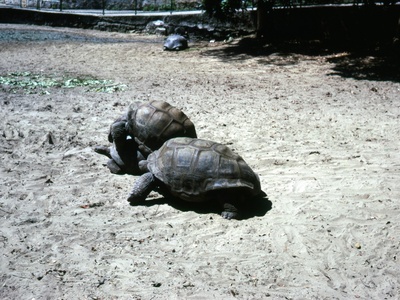
Aldabra Giant Tortoise
One of the world’s largest tortoises, it is a dominant herbivore in its island ecosystem, acting as a grazer that creates “tortoise turf”—a mix of short grasses and herbs maintained by its feeding.
